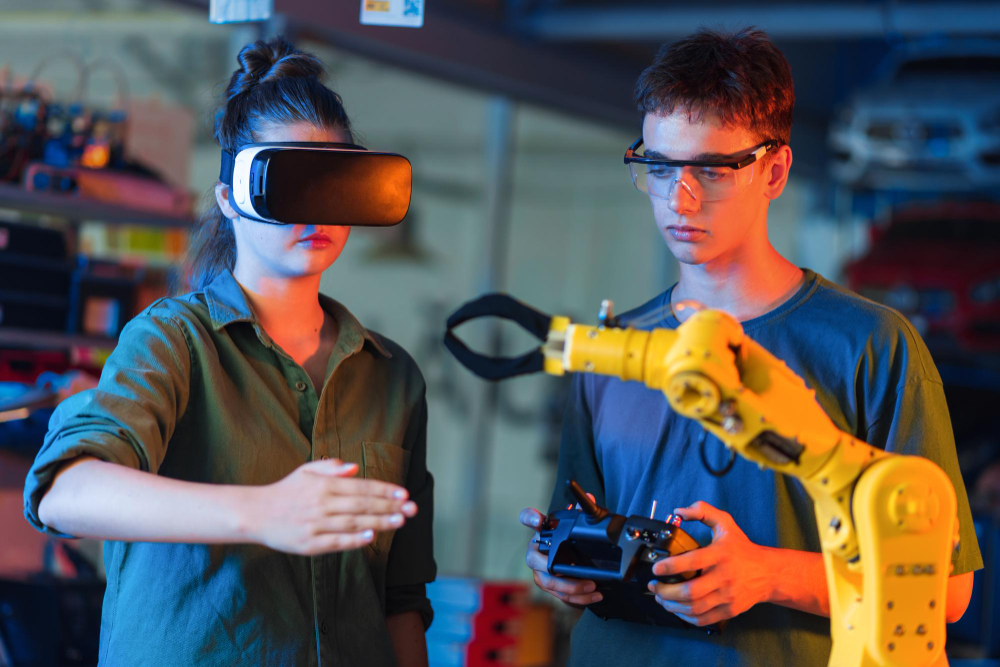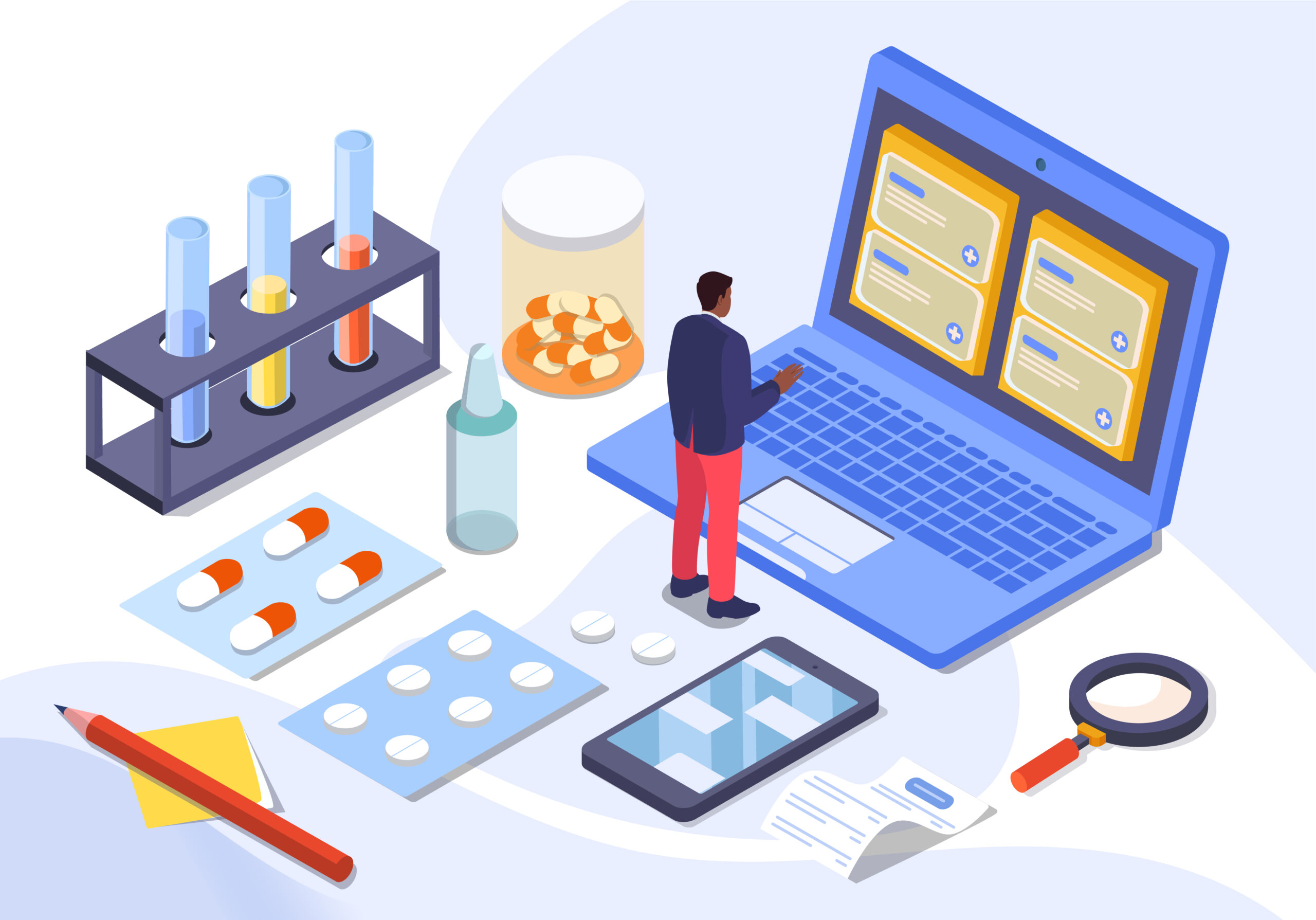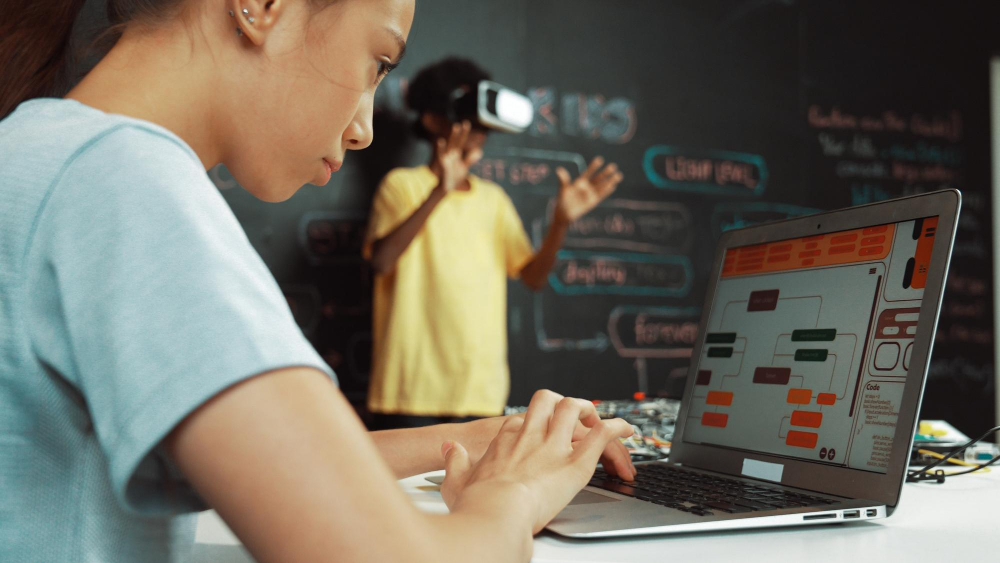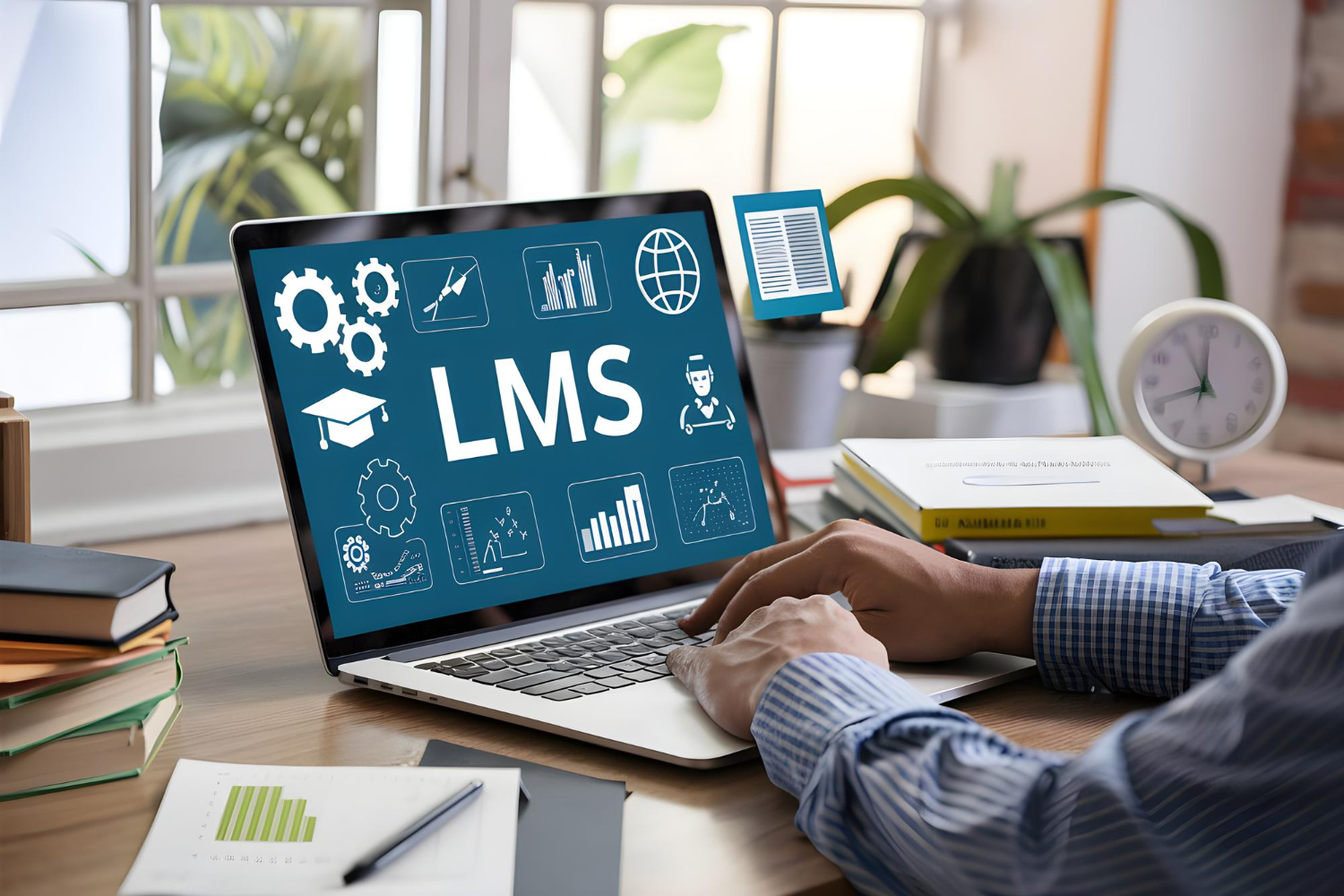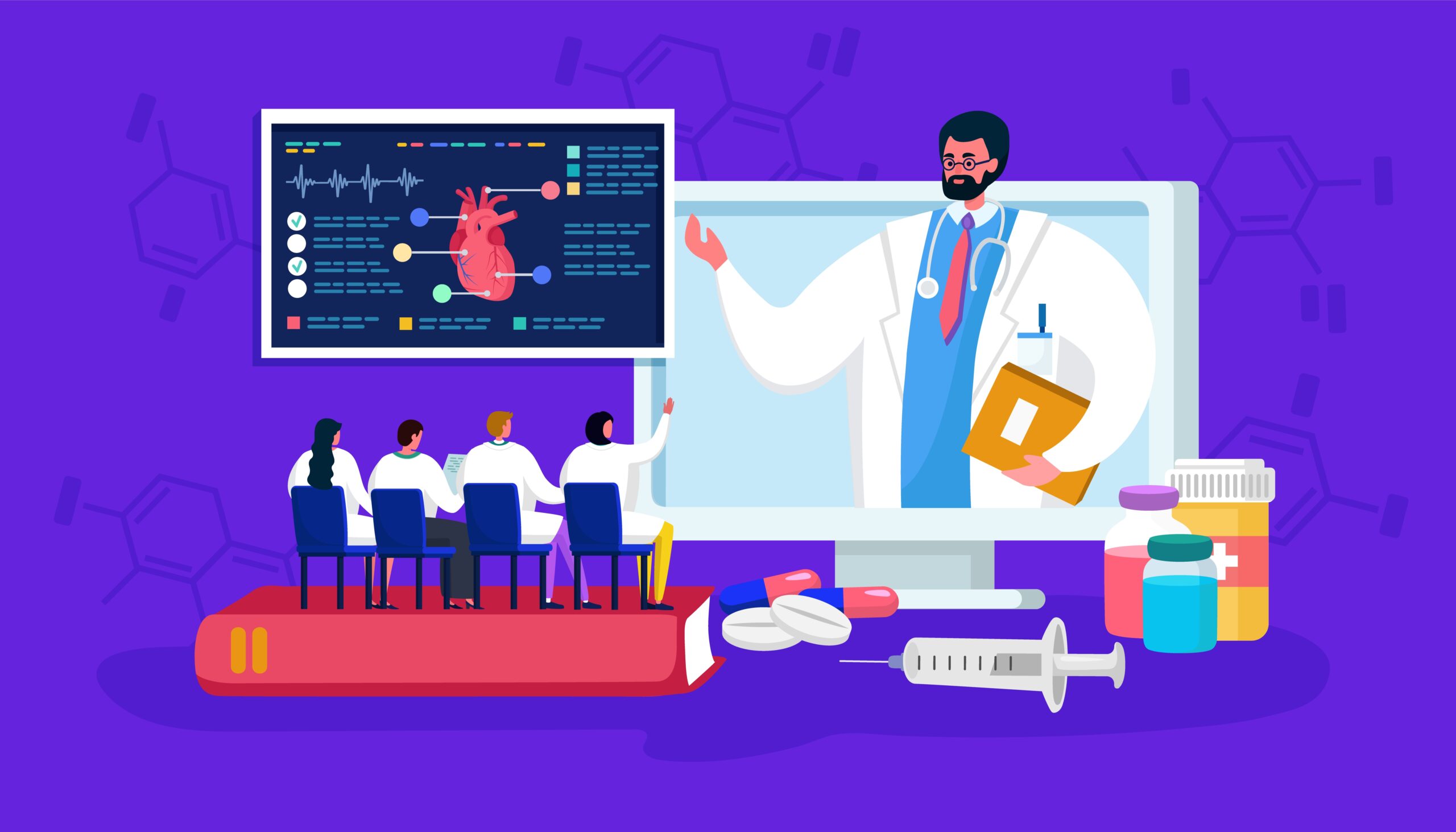In the fast-changing world of manufacturing and industrial work, safety and accuracy are everything. That’s where training workers on machinery using AR/VR is transforming learning. Traditional manuals and classroom sessions often fall short when it comes to complex machinery training. But augmented reality (AR) and virtual reality (VR) bridge this gap by letting workers practice in safe, real-life simulations.
Request a Demo to explore how AR/VR can make your employee training safer and faster.
What This Blog Covers
- What makes AR/VR training effective
- Benefits for industrial and manufacturing workers
- Use cases in machinery learning
- How Red Chip Solutions helps you create immersive AR/VR training
Why Training Workers on Machinery Using AR/VR Matters
When it comes to industrial machinery training, errors can cost both time and safety. AR/VR allows workers to learn by doing, not just by watching. Through realistic simulations, they can handle equipment virtually before stepping into the real workspace.
This method builds muscle memory, confidence, and skill retention far better than classroom sessions. For example, a new technician can learn how to operate a CNC machine using VR without risking an actual machine breakdown.
Furthermore, AR overlays can guide workers in real time during maintenance tasks, showing the exact part to inspect or replace.
Benefits of Using AR/VR for Machinery Training
1. Safety Without Risk
With virtual environments, trainees can experience high-risk situations without danger. This is especially useful in industries like construction, manufacturing, and oil & gas.
2. Reduced Downtime
Unlike traditional training, where machinery must be taken offline, AR/VR learning happens independently. That means no production delays and faster onboarding.
3. Personalized Learning
Each worker learns differently. AR/VR platforms can track performance and adapt to skill levels, making the experience more personalized and efficient.
4. Cost Efficiency
Once built, AR/VR modules can be reused and updated easily, offering long-term savings over repeated instructor-led sessions.
For an overview of immersive learning in action, check out this Harvard Business Review article on VR training.
Real Use Cases of AR/VR in Industrial Training
- Machinery Assembly: Workers learn how to assemble or disassemble complex machines step-by-step through guided VR experiences.
- Safety Protocols: AR simulations help employees practice safety drills and emergency procedures.
- Maintenance and Repair: AR glasses display live instructions while performing maintenance, reducing human error.
These applications make training workers on machinery using AR/VR not just innovative — but essential for modern industry.
According to a recent report by PwC on the Future of VR Learning, employees trained with AR/VR complete training up to four times faster than traditional classroom learners.
How Red Chip Solutions Helps You Build Immersive AR/VR Training
At Red Chip Solutions, we design AI-powered custom AR/VR learning content for manufacturing, pharma, and industrial clients. Our team creates realistic 3D environments that help workers practice machinery operation, troubleshooting, and safety measures effectively.
We integrate gamified assessments, voice-based simulations, and AI analytics to track learning outcomes — ensuring that your workforce is ready before they touch the real machine.
Explore Our Portfolio to see how Red Chip Solutions can transform your employee training with AR/VR.
Conclusion: The Future of Machinery Learning
As industries evolve, training workers on machinery using AR/VR is becoming a standard, not a luxury. It enhances safety, reduces costs, and creates confident, skilled workers ready for real-world challenges.
If your organization wants to modernize its workforce training, AR/VR is the way forward.
Request a Demo today and see how Red Chip Solutions can help you bring immersive learning to life.

